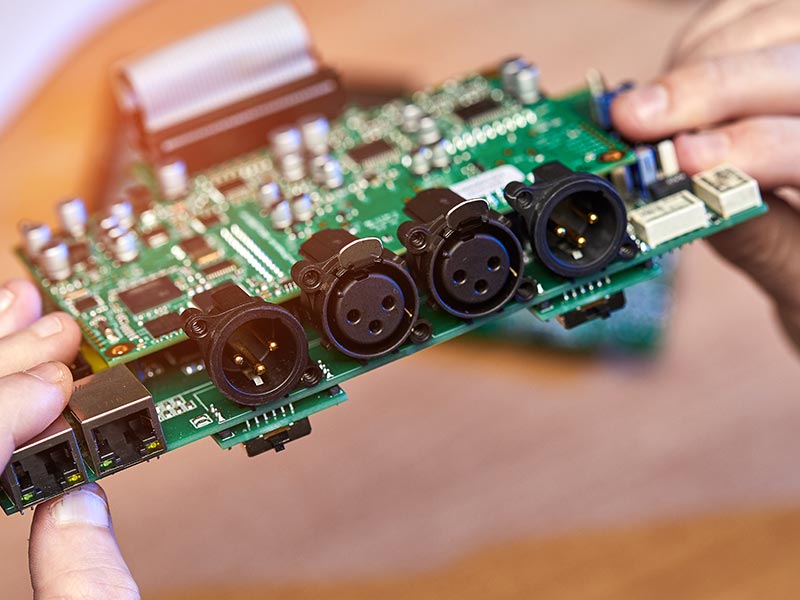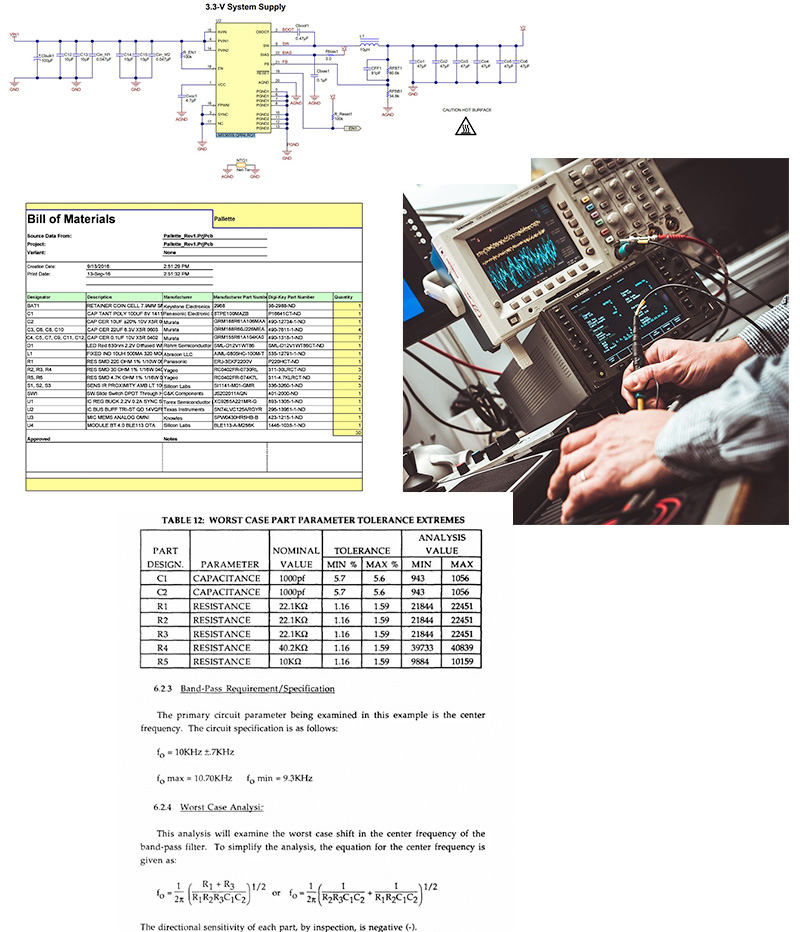
Maple
Powerful math software that is easy to use
• Maple for Academic • Maple for Students • Maple Learn • Maple Calculator App • Maple for Industry and Government • Maple Flow • Maple for Individuals








Use of WCCA aims to assure acceptable operation under the most extreme conditions and during improper application. Prior to procurement of parts, engineers can conduct Extreme Value Analysis (EVA) to determine the mathematical sensitivity of component parameters and document the min/max values in Maple Flow. This avoids the over-reliance on testing alone, which is only valid for a particular batch lot and can overstress the hardware when exposing components to extreme conditions such as temperature, voltage, power, etc.

Some components will have a greater influence over the circuit functional performance than others. Power supplies, connectors and interfaces are expected to vary outputs even in normal operation, but every component has a contributing effect. Sensitivity Analysis (SA) is used to find how much a particular circuit characteristic varies as the component input values change. The results shape design specifications of the circuit and can be used to highlight which parts should be prioritized for quality assurance or for additional testing.

Electrical components (such as resistors and capacitors) are manufactured in large quantities. Inconsistencies in raw materials or processing quality can affect component performance. Given the number of components in a circuit and the distribution of their parameters, the circuit may not perform as specified. This risk must be identified, managed and mitigated early in the design process.
The performance fluctuation may have a statistical distribution (e.g., the resistance of a batch of resistors might be described by a normal distribution). Engineers can use the computational power of Maple Flow to perform Root-Sum-Square (RSS) or Monte Carlo Analysis to evaluate the part tolerances and pin down the margins within the circuit design.

Maple Flow is the ideal tool for compiling the circuit design considerations. Equations and plots can be added alongside design notes using the flexible paper-like worksheet. Prominent design sections such as safety thresholds, material performance properties, and assumptions about aging and environmental conditions can be clearly presented to create a polished, professional technical document.

The effort to complete a Worst-Case Circuit Analysis assessment and report is high, and the earlier it can be completed the better as the findings can impact key design decisions. As a result, the electrical engineer assigned to WCCA is looking to perform the calculations with speed and accuracy, but also needs to respond quickly as the project scope changes or different parts are substituted in. Since most engineers use a variety of electrical design software apps (AltiumTM, LTSpice and others), there is great benefit in automating and streamlining the design documentation steps.
This is where the world-class Maple engineering calculation software can help to manage the underlying equations and expressions. Maple offers flexible options for integrating electrical engineering data and component property lists from multiple sources, and offers built-in scripting and data analysis features that speed up the creation of WCCA reports.
The overall process can be sped up by applying these principles:
Once the electronics engineer is familiar with Maple and using it regularly in their toolchain, they will experience a great reduction in errors from unit conversions and manual data entry and find that WCCA reports are greatly accelerated – reports that previously took 3-4 weeks to prepare can now be run in a matter of days.

Mathcad and Mathcad Prime are registered trademarks of PTC Inc. or its subsidiaries in the U.S. and in other countries.